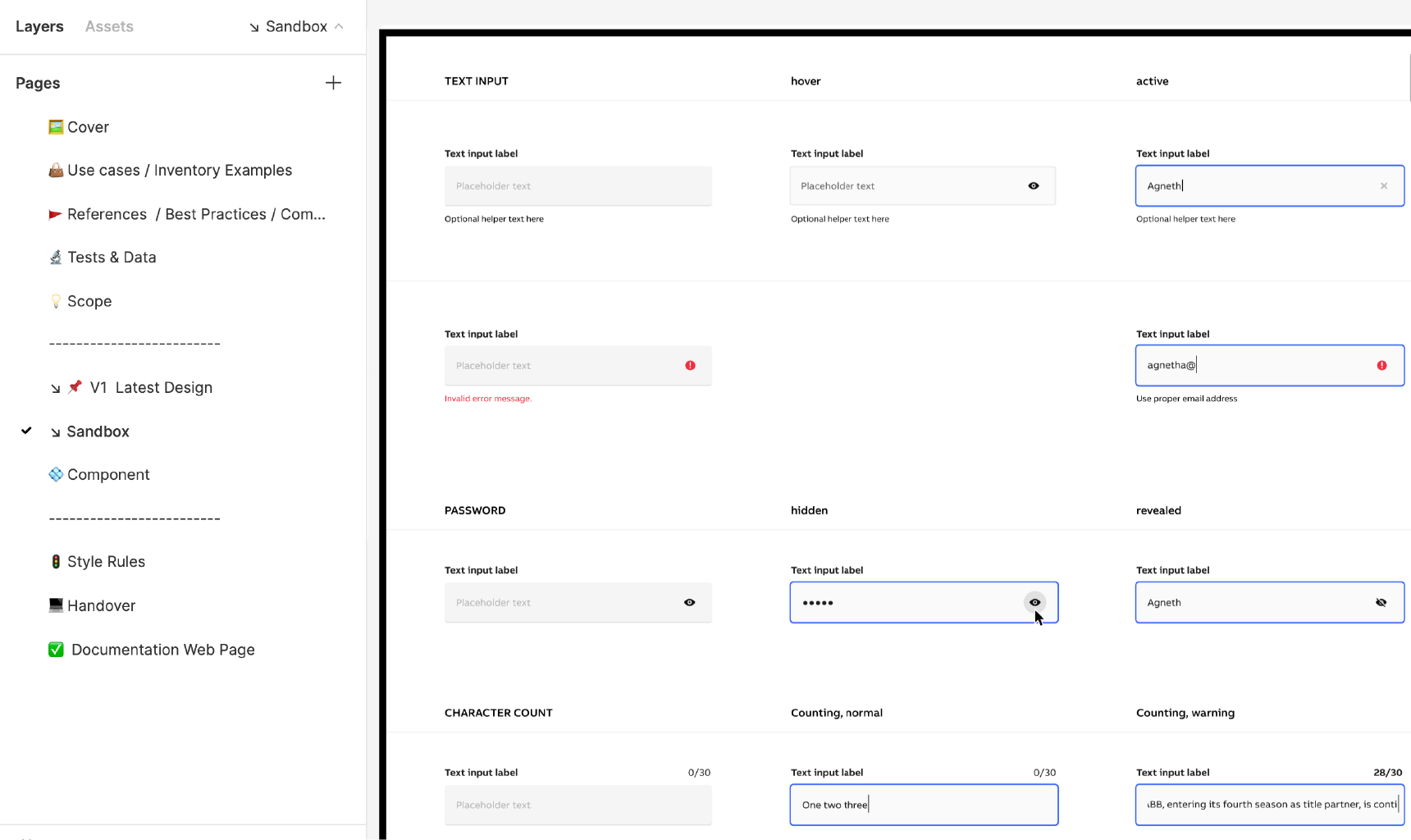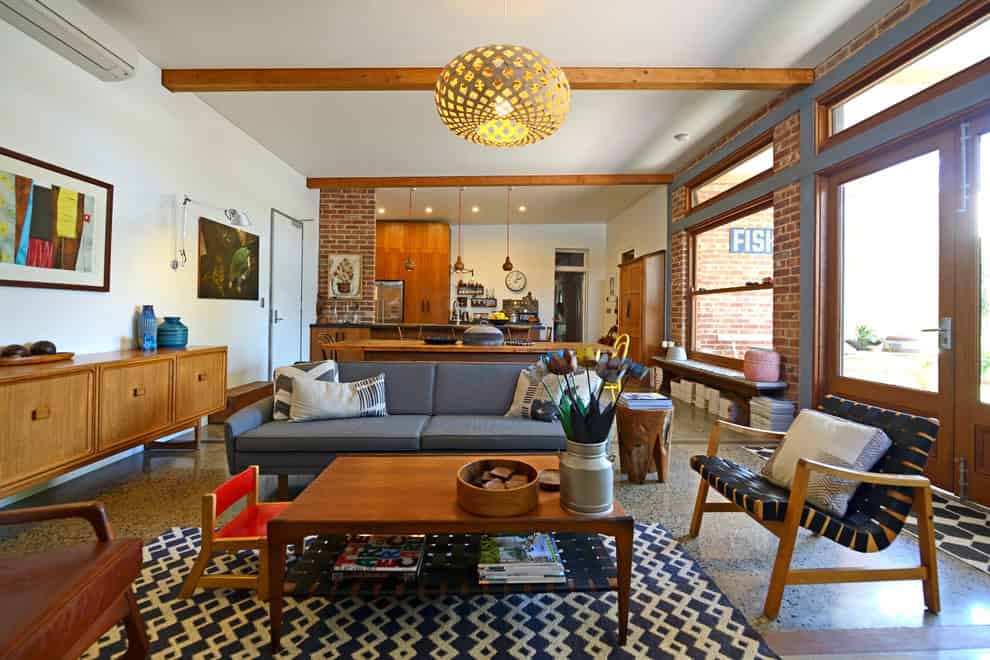Table Of Content

And it's utilizing a button example for the first four states where an enabled state communicates an interactive component or element. And of course, consistency is another principle where states should be applied consistently across components in order to increase usability. And both state indicators are displayed when taking those actions, whether it's a selection or hover.
Chakra UI
And being on that elevation based system is allowed to scroll over the surface that it is currently above that you can see there. And we're gonna go ahead and look at some great examples of how these components are in some motion examples. So here's the one dip here in this rectangle, and then which is represented from the side view. And we'll also go ahead and do a brief overview about how those are made based off of reading the documentation. And in the in the layers, you can think of as like the hierarchy in the Layers panel, say, for example, I have a frame here.
New website, course and product updates - April 2024
On the right there, set the constraint to left and right and the top and bottom. And I'm gonna go ahead and push this over and sure that that's set to 16. And now we got to go in and just justify the proper spacing for how our typography will fit. So let's go ahead and create when I move this screenshot over, create a new one. So if designers ever have a need for expanding this, that won't mess up their designs. And then if we just type in one line, just mimic what is written there, and that spec one line string with one action websi can't type here with one action, we should be good to go.
Create and collaborate with Figma

A well-crafted design system is a powerful tool for teams looking to create cohesive, scalable, and efficient designs. By establishing a shared language and a library of reusable components, a design system ensures consistency across your products, speeds up your workflow, and frees up your team to focus on solving user problems. By doing exercises in Figma, you learn and create your guide style and component library simultaneously. By learning - you create, and by the way, you get to know keyboard shortcuts, plugins, and techniques of working in Figma that will speed up your workflow. Created by Kiwi.com, the Orbit Design System is a complete library of desktop website components. The design system comes with over 30 high-quality components for your web projects and desktop variants.
Figma design systems for Apple-powered apps
So if I drag this in here, I can set the width and height there to add dips. So when you try to implement this as a system in figma, all these optional variants should actually be their own elements when you publish them. And and we're going to get an overview and understanding of the usage for the usage and need for cards, when to use them and how to build these cards out utilizing the components we've already made. And I pasted these three, and what I need to do is add the proper color style. So we have that and make sure the background color of this fill is set to surfaces. And attach the instance and ensure that the padding is set to eight on the left and right.
Investing in Figma: The Decade of Design - Andreessen Horowitz
Investing in Figma: The Decade of Design.
Posted: Thu, 30 Apr 2020 07:00:00 GMT [source]
Microsoft Teams UI Kit
If you pay attention your Layers panel, once I hit that shortcut key, I will now have a main component. So now that I've created that, you'll notice that the spacing on the left and the right of the icon should be set to 16. And it lives under the category of buttons and under the category floating action button, and it is the regular variant. And we're going to label this buttons, slash space slash space, floating action. And again, we're good to go, I can drag this onto the canvas, I now have the proper dimensions for this icon, I'm just double checking that the width and height of this icon is set to 24 by 24.
And you'll notice that I am now just essentially copying and pasting these effects style properties. So here, we can just copy over, I'm command clicking on all the command clicking to select the rectangle specifically, and then holding Shift Command click on all of these rectangles here. And that is much quicker than going in and implementing the manually like I did, and referencing screenshots. And what I'm gonna do is make sure I have my rectangle selected, and I'm going to hold down Option Command C. And then I'm going to keep the spread at zero and change the opacity to 14%. So I'm going to change the blur to one, and this and that, I'm going to set the y axis value to one here.
The future of design systems is accessible
But with that center cut, it will be much easier for you to communicate in development, what is actually going on with that background. And that's actually really easy to replicate, all we have to do is create an ellipse that's set to 72 by 72. And you'll notice that with the famous smart selection, I can hold down Option W and it'll snap this layer to the top and then I can swap them which is very helpful. So what I can do is individually drag these into the canvas shift click on this.
And also when to use a scrim background in the UI to express that the content above it is at a higher elevation also to provide more emphasis on the most primary calls to action in that moment in time. And in elevation elevation material design is measuring the distance between surfaces. And here you can see a set of default elevation values for all kinds of components. And basically, what material design does is that it has a set of components. So we'll be doing an overview of elevation, which will entail elevation depicting, understanding depicting elevation, the elevation hierarchy, and the default elevation set for components.
And a description will appear for for components that do have a description there, which is why that tooltip was rather large for that color style in this instance, just to provide some context behind that. I'm actually going to go here, and if you if you'll notice, too, and your color styles, if you haven't published them, there'll be under local styles. So we can go to our color and select style, add new style, and it will basically grab the hex value of the rectangle we selected, and then we can label it as primary. I'm gonna start off with a color system is Yeah, so it's gonna kind of start off with referencing the website to give you guys an understanding what we're going to be building out in in figma.
So we can actually in your folder, so if you go to the proper section or components, so 2.1, you will have that that will be accessible. And I can even just duplicate this icon to slowly showcase the the usage of placeholders. So for those of you who don't know, this, this is probably this is generally designed for Android as this is materials design system. And then for every other device, you would have 12 columns and 24 dip margin and gutters.
So it's slightly bigger, as as you can see, now I'm gonna go ahead and double check, add some, add this red line to the first baseline, add a red line to the second baseline to the title here, which is I'm going to call it headline five. So now that we have our overline specified, I'm going to go ahead and make sure that the baseline is 40 dips away from, from the typography here from the from the title here, and this title uses an h5. So I don't want to modify the dimensions or the spacing there and detach it holding option command B. And we can go ahead and duplicate this and publish this as a main component. And we can kind of double check some things and see if this utilizes a different Subtitle by referencing materials documentation. When I can do is set the constraints to top left and right and bottom if need be.
And the first thing we're going to want to do is enable our material design system. And here are some examples of how to use it and how to not use it, only one banner should be shown at a time, any banner appears above content and below that bar. And then here we have that container in encapsulating all of these elements in this design, and then we have the text, of course.

No comments:
Post a Comment